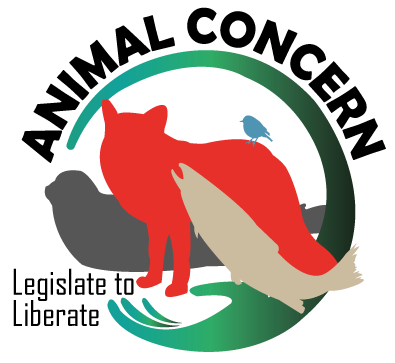Let Horses Have Their Tails
Please sign our petition to Ban the Shaving of 90% of Tail Hair from the Draught Horse Breed.
Clinging to Outdated Tradition
Despite heavy horses no longer being required for pulling machinery, many involved in maintaining the history of the heavy horse breeds cling to the mindset that draft horses should be presented in the show ring to reflect their historic use. As docking was banned, “clipping”/shaving the tails became accepted as the way to present the breed to reflect it’s traditional use, but mostly to better display the horse’s mighty hindquarters during shows for the judges.
The History
Historically, when heavy horses were routinely worked in harness, the tail bones of draught horses were “docked” -surgically removed near the base, to stop the tail from growing for the purposes of preventing the tail from getting caught in machinery or harness. This was considered practical for the farmers and a safety measure for the horses.
Since tractors replaced the use of heavy horses, the practice was considered an unnecessary cruelty and legislation banned it in the UK in 1949.
Why Horses Need Their Tails
The tail of a horse is important for many reasons.
Over millions of years horses have developed a complex system of tail signals that enable them to communicate with each other as part of their body language. Their tails are used to express their physical and emotional state, not just with each other, but with humans as well (should they choose to pay attention!).
We continue to campaign to see an end to the unnecessary and outdated practice of shaving/clipping the majority of tail hair off heavy horses for presentation at shows.
We’ve received the support of the British Equine Veterinary Association, who replied;
“We agree that tails are an important means of protection from flies, and carrying out a procedure which limits a horse’s ability to protect itself purely for cosmetic purposes (as opposed to where they were performed historically to avoid entanglement in the harness) is not justified.”
and the RSPCA’s Equine Specialist /Scientific & Policy Manager who stated;
'The practice of fully shaving off the tails of Clydesdale horses deprives them of their natural fly swat, and also interferes with communication through body language, which is incredibly important in equines. As there are other means of ensuring that the tails of working horses do not become entangled or snagged in harness, such as plaiting of the tail, there is no benefit to the welfare of the animals which outweighs the negative impacts of the practice. Therefore it should end'.
Also supporting an end to this practice are the World Horse Welfare, the World Bitless Association, and the British Horse Society who have written;
“Here at the British Horse Society, we uphold the highest standards of horse care and welfare and would always recommend that a horse’s tail remains in its natural state where possible to be able to keep away biting insects, and also the position and movement of the tail does provide indicators as to the animal's physical or emotional state.”
We wrote to the Clydesdale Horse Society and Shire Horse Society asking them to discourage their members from this practice, noting that if their concern is better viewing of the horse’s backside, plaiting the tail is far more humane alternative (and let’s face it- looks much nicer!).
It was disappointing that their response was that they did not see depriving a horse of it’s full natural tail and it’s many important functions as a welfare issue.
Please support our campaign to let horses have their tails, as nature intended.
Thank you.
Tail signals communicate irritation, pain, receptiveness to breeding or to warn away suiters. They give warning of intent to kick or intent to flee from perceived dangers. A mother will communicate with her foal using her tail, and in friendship, horses will stand head to tail, swishing flies from each others faces.






